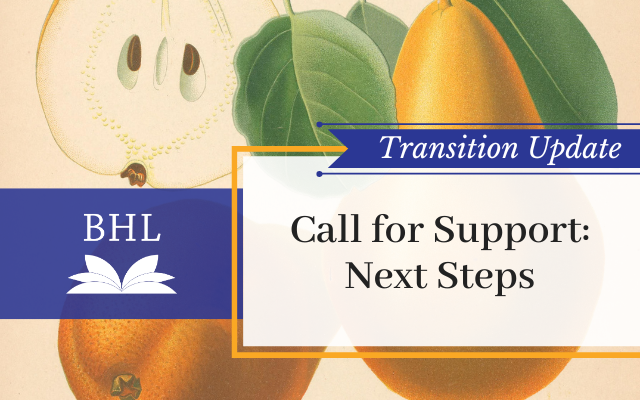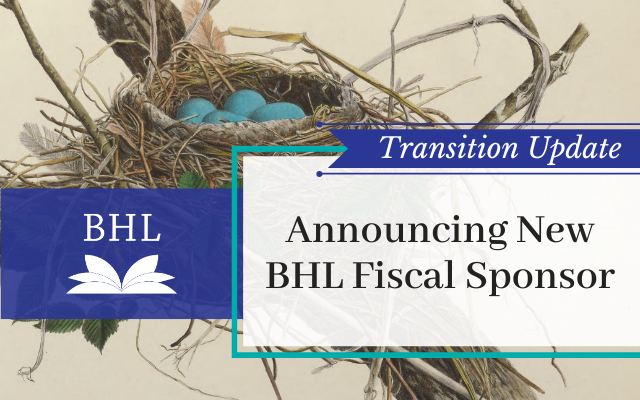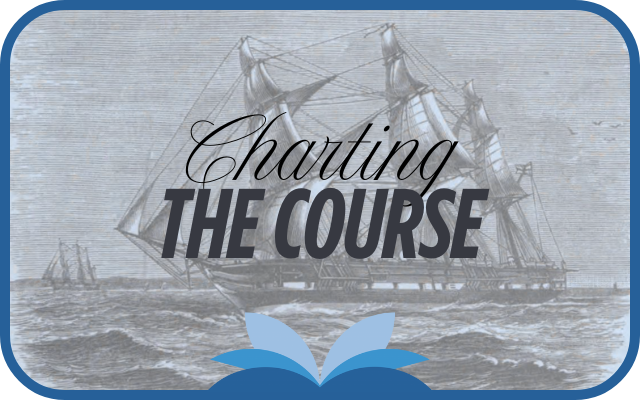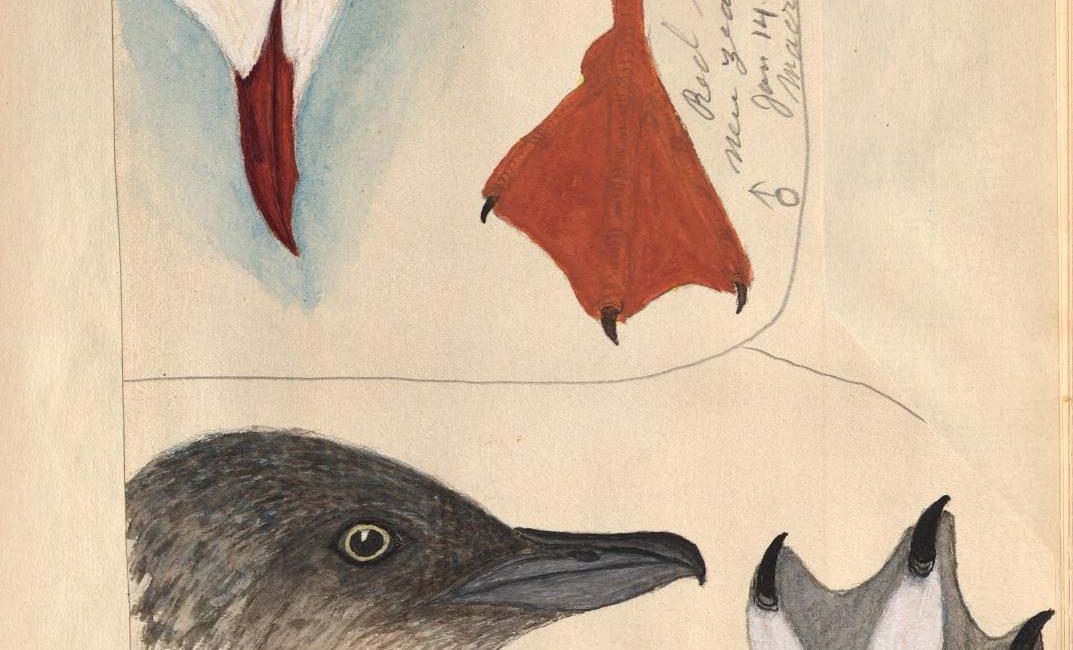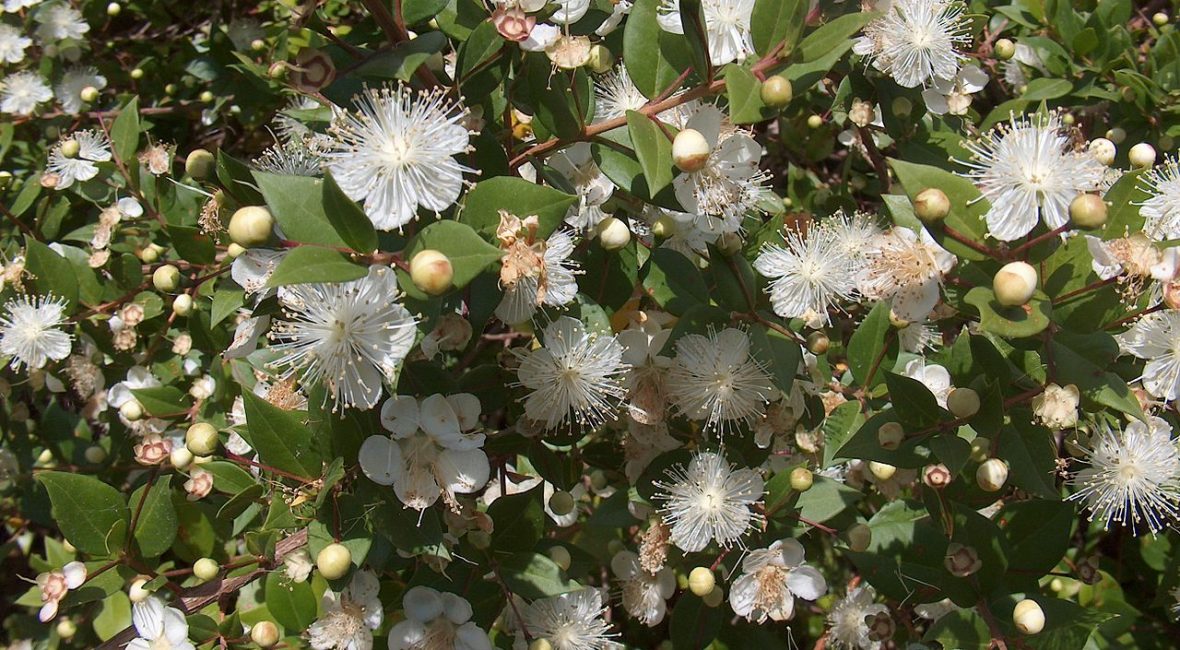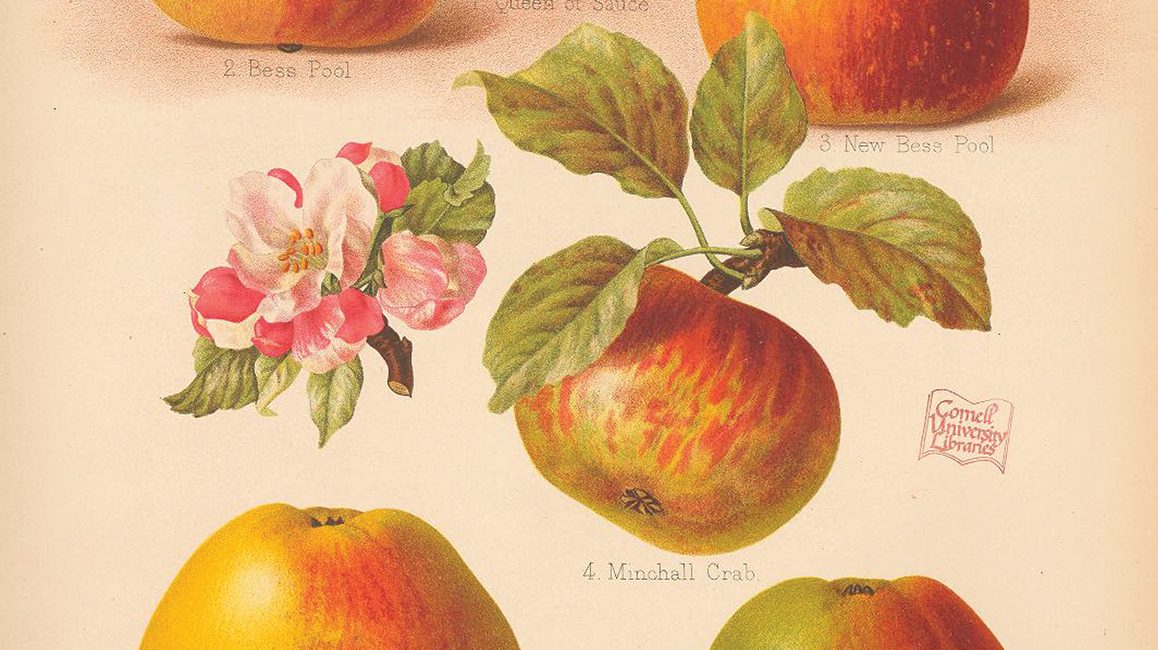The Biodiversity Heritage Library is pleased to welcome the Lloyd Library & Museum as its newest Affiliate.
Founded in the 1870s, the Lloyd Library & Museum’s origins trace back to a collection of reference materials acquired by the brothers John Uri Lloyd (1849-1936) and Curtis Gates Lloyd (1859-1926), both trained pharmacists of the botanical medicine era. The Library, which continues to build its collection thanks to an endowment established by Curtis Lloyd, holds approximately 150,000 volumes on a range of topics, including botany, mycology, herbal medicine, gardening, and horticulture.
Continue reading


